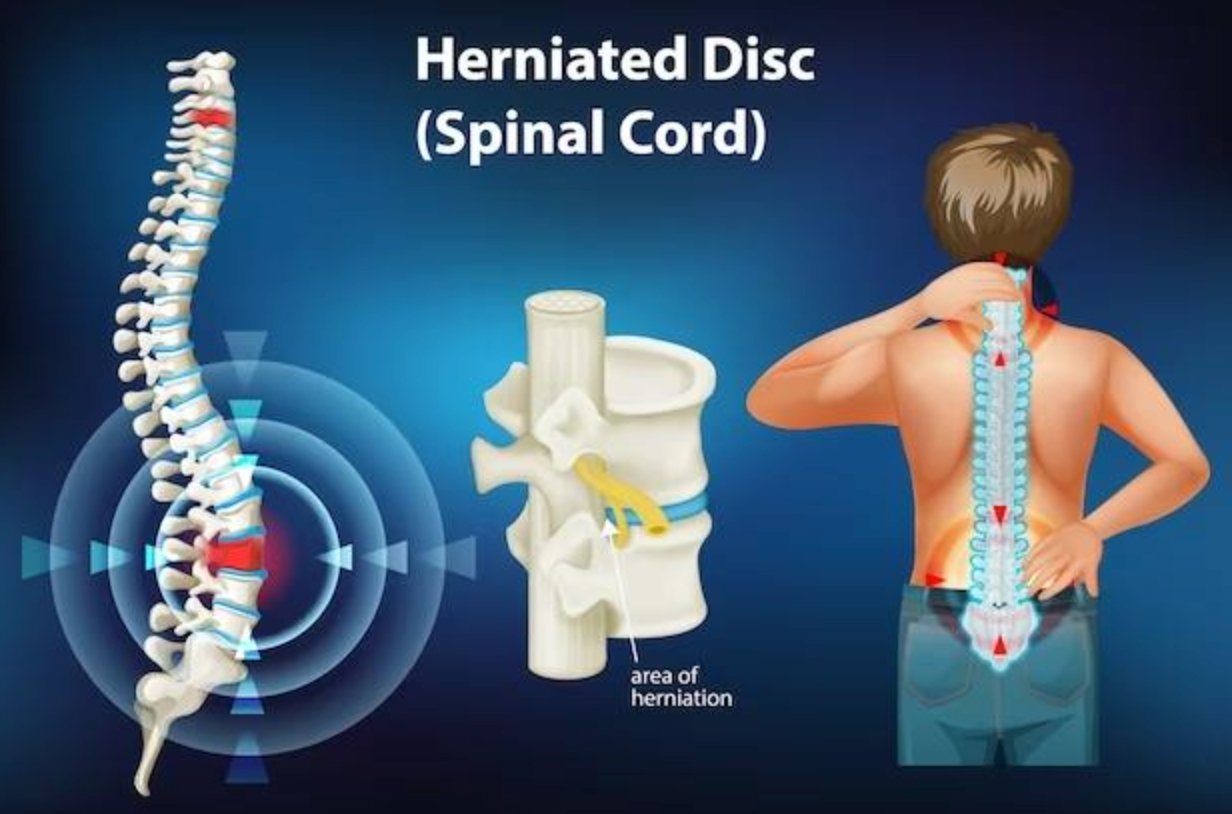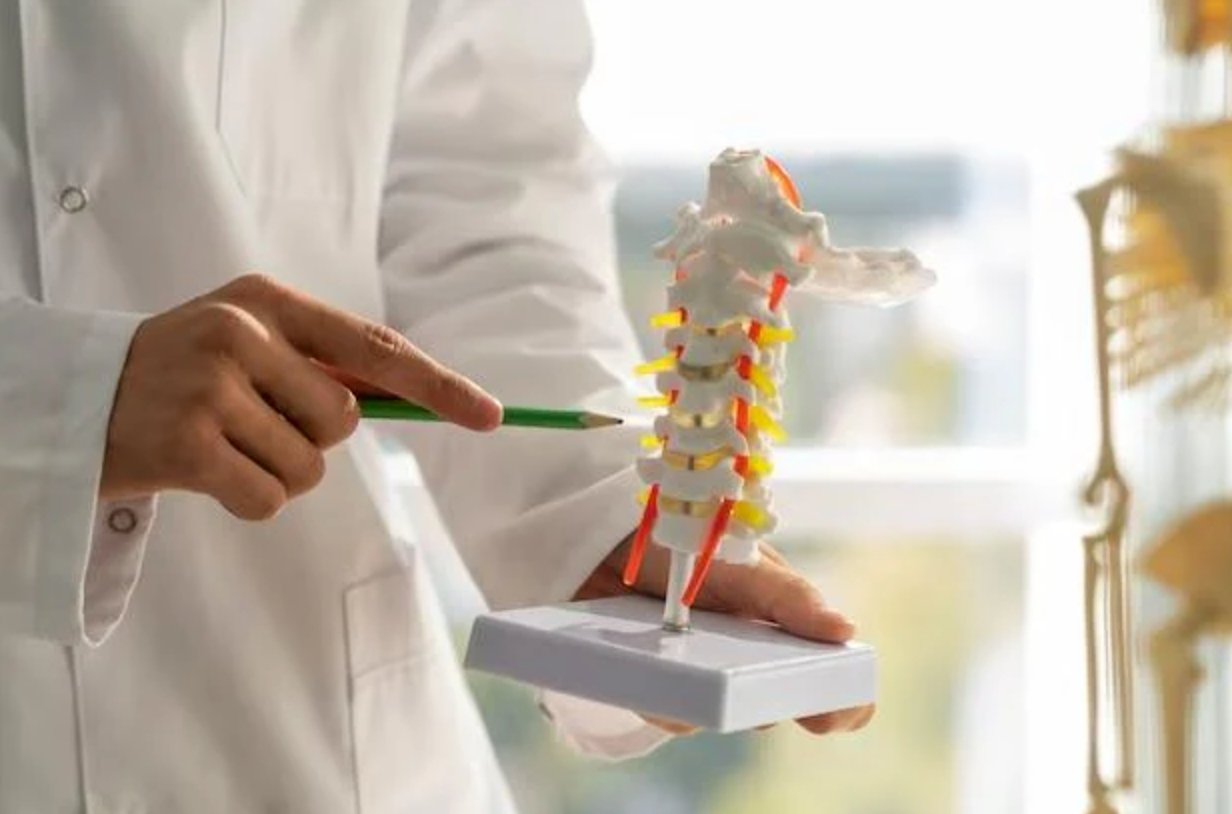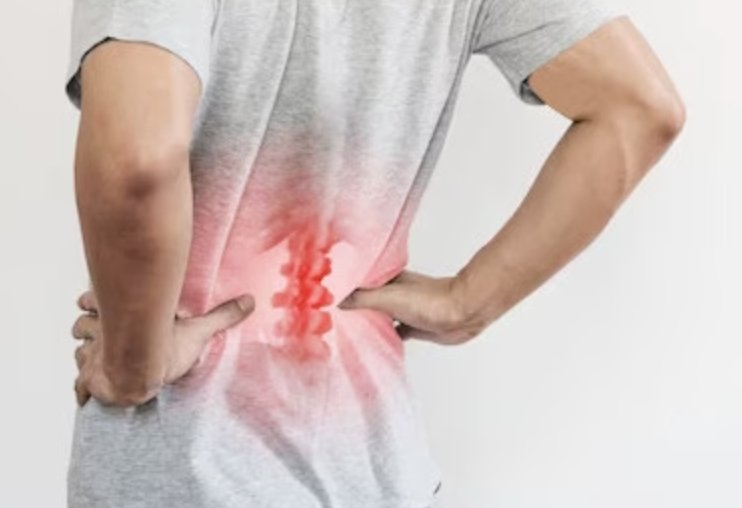A herniated disc occurs when the nucleus of an intervertebral disc, normally situated between the vertebrae to absorb shocks, moves or protrudes beyond its usual space. This condition can put pressure on the spinal nerves, causing pain, weakness, or numbness in the back and limbs. For many patients seeking to avoid the risks associated with surgery, the question of how to treat a herniated disc without surgery becomes highly relevant. Non-surgical approaches offer a promising alternative, allowing for pain management and improved quality of life without the potential complications of surgical intervention.
The importance of considering non-surgical treatments for a herniated disc lies in their ability to provide long-lasting relief while minimizing side effects and extended recovery periods often associated with surgery. These methods include physical therapy, anti-inflammatory medications, acupuncture, and other interventions aimed at reducing inflammation and strengthening the muscles supporting the spine. By exploring how to treat a herniated disc without surgery, patients can find relief options tailored to their specific situation, promoting a more holistic and personalized healing approach.
Non-Surgical Treatments for Herniated Disc
Rest and Activity Modification
The Importance of Rest for Recovery Rest is crucial in the healing process of a herniated disc. It helps reduce pressure on the spine and the affected disc, facilitating a decrease in inflammation and pain. However, rest should be balanced with light activities to avoid stiffness and promote better blood circulation, essential for the repair of damaged tissues.
Modify Activities to Avoid Aggravating Pain Adapting daily activities is essential to treat a herniated disc without worsening symptoms. This includes avoiding movements that place extra pressure on the spine, such as lifting heavy objects, sudden twisting, or long periods of sitting without adequate support. The goal is to maintain proper posture and perform movements that support healing rather than compromise it.
Physical Therapy
The Role of Physical Therapy in Non-Surgical Treatment Physical therapy plays a fundamental role in non-surgical treatment for how to treat a herniated disc. It helps stabilize and strengthen the spine, thus reducing pressure on the herniated disc. A physical therapist can develop a personalized treatment plan that includes specific exercises, pain relief techniques, and advice on posture and movement.
Examples of Strengthening and Stretching Exercises Core strengthening and stretching exercises can improve flexibility and strength around the spine, providing better support for the herniated disc. Pilates exercises, yoga, and specific stretches targeting the back and abdominal muscles are beneficial. It is crucial to start these exercises under professional supervision to avoid further injury.
Anti-Inflammatory and Analgesic Medications
Using NSAIDs and Analgesics for Pain Relief Non-steroidal anti-inflammatory drugs (NSAIDs) and analgesics play a key role in treating a herniated disc by reducing inflammation and pain. They can make daily activities more bearable and facilitate participation in physical therapy programs.
Tips for Safe Medication Use It is important to follow the doctor's instructions regarding medication to avoid side effects. This includes taking the recommended doses and monitoring any adverse reactions. Regular consultations with a healthcare professional are essential to adjust treatment if necessary.
Epidural Steroid Injections
Explanation of Epidural Injections and Their Purpose Epidural steroid injections are a treatment option to reduce inflammation and pain caused by a herniated disc. They are administered directly into the epidural space of the spine, targeting inflammation at its source.
Limitations and Considerations of This Method Although epidural injections can offer significant relief, they are generally not considered a long-term solution. The effects are temporary and can vary from person to person. Discussing the risks and benefits with a healthcare professional is crucial before proceeding with this treatment.
Acupuncture
Introduction to Acupuncture as an Alternative Treatment Acupuncture is an alternative treatment method that can be effective in treating a herniated disc. It involves inserting thin needles into specific points of the body to relieve pain and promote healing.
Effectiveness of Acupuncture for Herniated Disc Pain Studies have shown that acupuncture can reduce pain and improve function in individuals suffering from chronic back pain, including that caused by a herniated disc. It is an option to consider for those seeking drug-free pain relief methods.
Chiropractic Care
Description of Chiropractic Treatments Chiropractic care can offer relief for individuals with a herniated disc. These treatments focus on manual manipulation of the spine to improve alignment and reduce pressure on the nerves.
Benefits and Precautions The benefits of chiropractic care include reduced pain and improved mobility. However, it is important to choose an experienced chiropractor and discuss potential risks, especially if the herniated disc is severe.
Heat and Cold Therapy
Using Heat and Cold for Pain Relief Alternating hot and cold compresses can be an effective method for relieving pain associated with a herniated disc. Heat relaxes the muscles, while cold reduces inflammation and numbness.
Tips for Effective Application For effective application, it is recommended to limit each session to 15-20 minutes and avoid direct application of ice to the skin. Alternating between heat and cold can offer the best relief.
Weight Management and Healthy Lifestyle Adoption
Impact of Weight and Lifestyle on Herniated Disc Symptoms Maintaining a healthy weight and adopting a healthy lifestyle can reduce pressure on the spine and lessen herniated disc symptoms. Excess weight can exacerbate the condition by increasing pressure on the intervertebral discs, making it essential to adopt good dietary habits and regular exercise for weight management.
Suggestions for a Healthy Lifestyle To effectively treat a herniated disc, it is recommended to incorporate a routine of moderate exercise such as walking or swimming, which do not place excessive pressure on the back. A diet rich in fruits, vegetables, lean proteins, and whole grains can help reduce inflammation and promote overall health. Avoiding smoking and limiting alcohol consumption are also crucial aspects, as these habits can negatively affect spinal health and delay healing.
Conclusion
In conclusion, how to treat a herniated disc without surgery is a challenge for many patients wishing to avoid the risks associated with surgical interventions. Non-surgical strategies offer a promising path to pain relief and recovery, emphasizing the reduction of inflammation, muscle strengthening, and maintaining good posture.
Treating a herniated disc involves a multidimensional approach, including physical therapy, judicious use of medications, and alternative methods such as acupuncture, which can all play a crucial role in the healing process.
To treat a herniated disc, it is also essential to adopt a healthy lifestyle, including a balanced diet and regular physical activity, to support long-term spinal health. By exploring these various methods, patients can find a path to recovery that is not only suited to them but also free from the potential complications of surgery.





Leave a comment
This site is protected by hCaptcha and the hCaptcha Privacy Policy and Terms of Service apply.